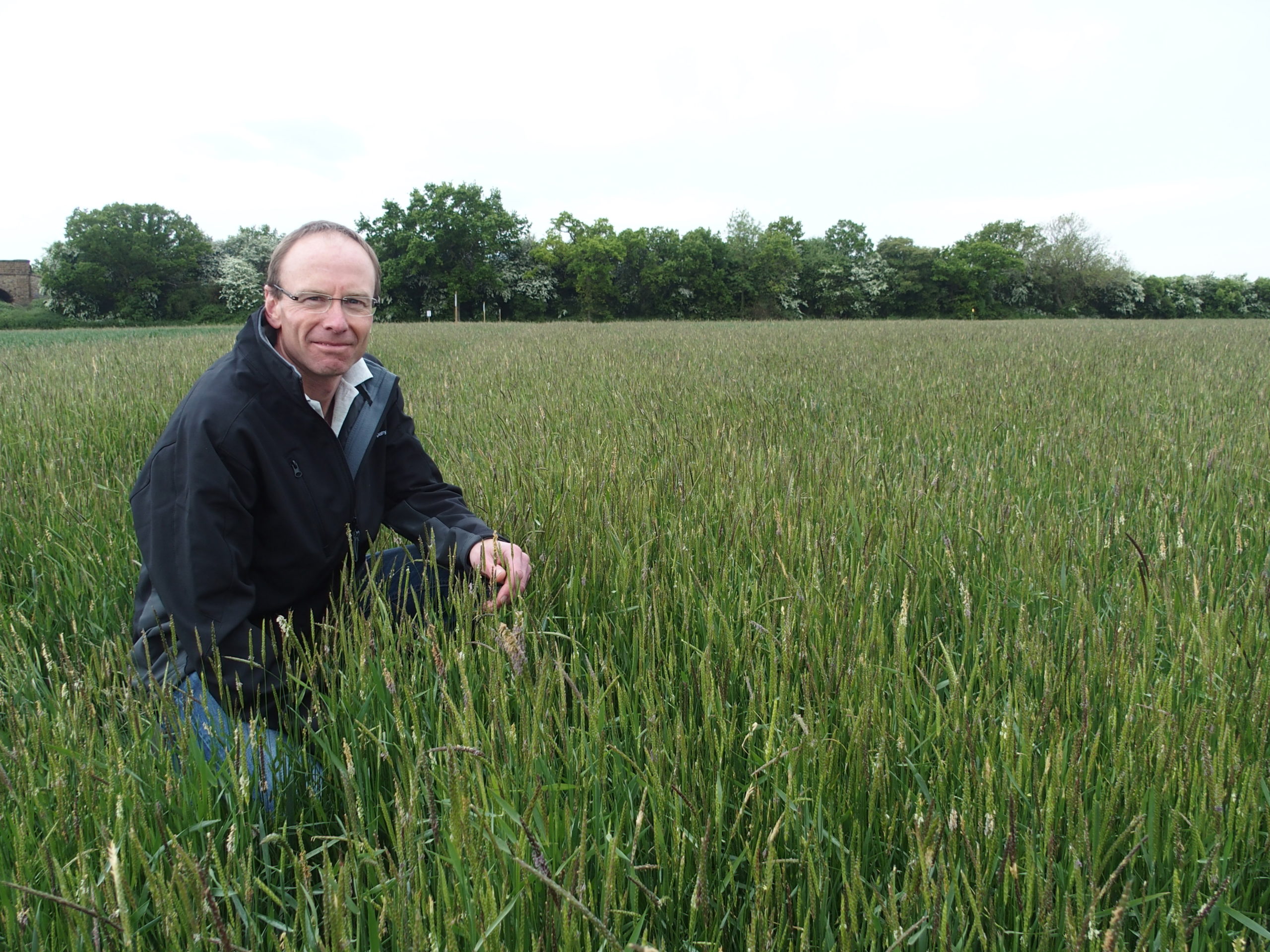Despite the challenging early season which saw most sugar beet crops drilled later than normal, there is 102,000 ha of sugar beet in the ground with 85% of crops now at the established 6 true leaves stage. In order to get the most from these crops, mastering disease control is crucial, to keep the canopy healthy and photosynthesising at its most efficient rate to maximise root weight and sugar content.
Speaking at a recent BASF webinar on sugar beet, experts gave a summary of disease threats crops are likely to face in the coming season and discussed fungicides for foliar diseases which will ensure growers gain the best from their crops. Prof. Mark Stevens, Head of Science, BBRO gave a roundup of potential foliar disease threats in the season ahead.
Foliar disease
The key foliar diseases for sugar beet are powdery mildew, rust and cercospora leaf spot.
With no reports of any early foliar disease currently, in mid-June, Prof. Stevens reminded growers that it is critical to try and limit the impact of foliar disease by reacting as soon as it appears in the crop, with broad spectrum fungicides critical for control.
“These diseases are there and waiting as the mild winter and potential hygiene issues have allowed them to survive overwinter. If we can keep the canopy healthy throughout the summer and into autumn we can hopefully keep it photosynthesising at its most efficient rate, maximising root weight and sugar content. Sugar beet can often gain up to 40% of its yield potential from 1st September onwards,” he said.
Powdery mildew and rust
Powdery mildew tends to be the first disease to come into the crop, usually from July. He said, “It’s really important that growers start to manage this as soon as they see disease as it can decrease yield by up to 20%. Varietal resistance should also be checked to guide fungicide programmes.
Rust can decrease yield by 15% and tends to like slightly cooler conditions, with growers likely to start seeing symptoms of this disease from August through to October.”
Cercospora leaf spot
This disease has recently become established as a prevalent foliar disease in the UK. It is favoured by warm wet conditions which are now more common. Prof Stevens said, “This disease is a big concern; BBRO now monitors for spores of the disease, via a new project, through May and August alongside producing a forecasting model for growers to show which crops are at the greatest threat each day.”
Controlling foliar disease
Craig Green, an independent agronomist in Norfolk carried out strip trials, with each strip 2ha in size, in a 40ha crop of Wren last season in conjunction with ADAS and BASF. He said, “We targeted cercospora leaf spot because, in previous seasons, we had struggled with its control where the beet was stressed.”
Priori Gold was applied across all plots in the first week of August, followed four weeks later with a strip treatment of either, Priori Gold (azoxystrobin + difenoconazile), Revystar® XE (Revysol® + Xemium®) or Caligula (carboxamide + triazolinthione), all at full label rate.
He said, “We had intended to do a 3 spray programme, unfortunately it became a two spray programme as it was too wet to get back on the field. We monitored the crop for green leaf area and the standout product for me was the Revystar® XE, at 1 l/ha in 150 litres of water; right to the point of lifting you could still see with a drone the exceptionally green canopy.”
Iain Ford, Business Development Manager BASF said “Revystar® XE has label control claims for all of the key foliar diseases- cercospora, powdery mildew, rust and ramularia. It is a well balanced co-formulation for sugar beet, with both active ingredients giving excellent disease control.
“Results from five trials last year all showed yield improvements from using Revystar® XE. Yield was improved whether Revystar® XE was used as the first or second spray in the programme, and the highest fresh yield was acheived when two sprays of Revystar® XE were used. ”
Revystar® XE improves financial results
Converting those figures into adjusted yield and margin over the fungicide costs associated with the treatments, all treatments gave a yield uplift compared to the untreated but there was a clear difference where the two sprays of Revystar® XE were used. “There was a 4t/ha adjusted yield uplift compared to a competitor programme of Angle followed by Caligula, which provides an improved margin over fungicide costs of £145/ha,” explained Iain.
Longevity of Revystar® XE’s activity
Trials carried out by BBRO for BASF over the last two seasons, both of which saw hard frost in December that affected crops, showed that Revystar® XE treated crops withstood frost better than those treated with competitor products.
Mr Ford said, “As a result of better disease control, Revystar® XE treated crops maintained a greener healthier canopy for longer and so were better able to withstand the frost, which helped to maintain yield.”
Andrew Dear, Head of Technical Support, British Sugar told growers why the ability to withstand frost is so important. He said, “The impact of frost is two-fold, causing significant losses to growers, and in the factory; it is incredibly difficult to process frosted beet and can slow the factory throughput down which has knock on effects for the entire lifting process.
Maintaining that green leaf area and protecting the crop is incredibly important for its sustainability both for the grower and for British Sugar.”

